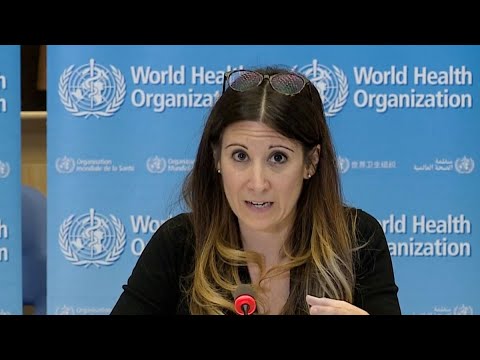
The World Health Organization has repeatedly revising its narrative during the COVID-19 pandemic, first being reluctant to declare a pandemic as shown here:
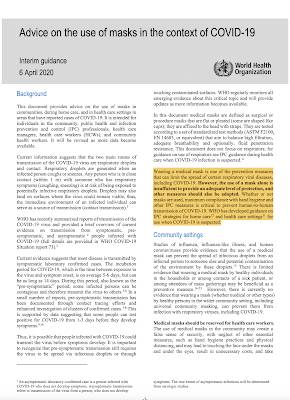
…then changing its mind on the use of masks as shown here:
…and on the spread of the coronavirus from asymptomatic people as shown here:
…and then walking back what they had said one day earlier as shown here (starting at the 1 minute 15 second mark, particularly the 2 minute 30 second mark):
…one can't help but notice WHO's consistent inconsistencies despite their insistence that the "science" is changing.
While part of this constant changing of the narrative can be attributed to an incomplete understanding of the SARS-CoV-2 virus, there is more at play here.
Let's go back to a World Health Organization publication entitled "Non-pharmaceutical public health measures for mitigating the risk and impact of epidemic and pandemic influenza" as shown here:
Here is part of the Executive Summary of the publication:
"Influenza pandemics occur at unpredictable intervals, and cause considerable morbidity and mortality. Influenza virus is readily transmissible from person to person, mainly during close contact, and is challenging to control. In the early stage of influenza epidemics and pandemics, there may be delay in the availability of specific vaccines and limited supply of antiviral drugs. Non-pharmaceutical interventions (NPIs) are the only set of pandemic countermeasures that are readily available at all times and in all countries. The potential impacts of NPIs on an influenza epidemic or pandemic are to delay the introduction of the pandemic virus into a population; delay the height and peak of the epidemic if the epidemic has started; reduce transmission by personal protective or environmental measures; and reduce the total number of infections and hence the total number of severe cases.
This document provides recommendations for the use of NPIs in future influenza epidemics and pandemics based on existing guidance documents and the latest scientific literature. The specific recommendations are based on a systematic review of the evidence on the effectiveness of NPIs, including personal protective measures, environmental measures, social distancing measures and travel-related measures. The information provided here will be useful for national authorities that are developing or updating their plans for mitigating the impact of influenza epidemics and pandemics."
The document methodology is as follows:
1.) Identify a list of NPIs that have the potential to contribute to pandemic mitigation for further review and evaluation.
2.) Identify and evaluate existing systematic reviews of the NPIs listed in Step 1, and perform new systematic reviews for each NPI if recently published reviews were not available.
3.) Assess the body of evidence on the effectiveness of each of the NPIs.
4.) Determine the direction and strength of recommendations.
5.) Draft the guideline document based on evidence and planning for strategy implementation.
As we all know, with rare exceptions (Sweden and, Belarus among others), the vast majority of the world's advanced economies have adopted the lockdown/quarantine model to control the spread of the SARS-CoV-2 virus. Given the massive media coverage of this mode and the World Health Organization's influence over government policy during the COVID-19 pandemic, you might think that WHO is backing the concept of a society-wide quarantine. in fact, here is what WHO has to say about managing various severity levels of a pandemic/epidemic in the aforementioned publication with the pertinent section "Not recommended in any circumstances" highlighted:
Note that even in the case of the most extraordinarily severe pandemic, contact tracing, quarantining of exposed individuals, entry and exit screening and border closures are NOT recommended.
This begs the question; exactly who is controlling WHO's response to the COVID-19 pandemic? Why has WHO completely ignored its own advice issued during 2019 when it comes to managing the spread of the SARS-CoV-2 virus? Given his penchant for vaccinations, his financial support of the World Health Organization and WHO's supportive stance on vaccines as shown here:
….I think this might be the answer to that question:
One thing is becoming readily apparent during the current pandemic; medical research is more art than science and more political than scientific. The World Health Organization is proof of the problem that exists in today's global medicine, a reality that is particularly evident when it doesn't even follow its own recommendations for pandemic control.
Click HERE to read more from this author.
You can publish this article on your website as long as you provide a link back to this page.

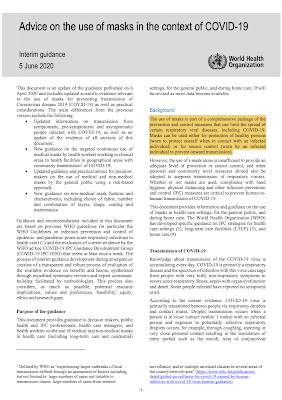
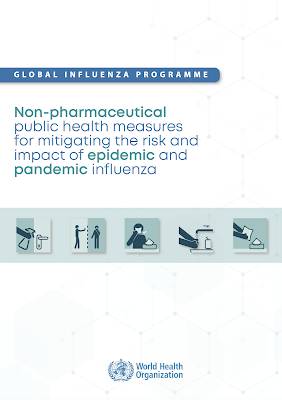
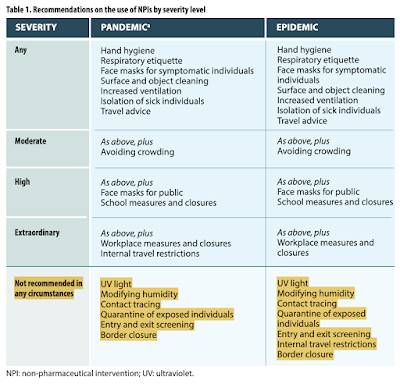
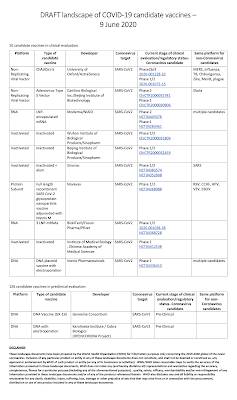
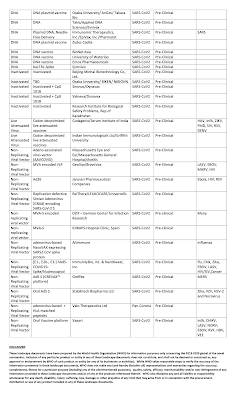
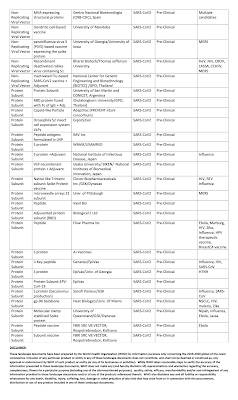
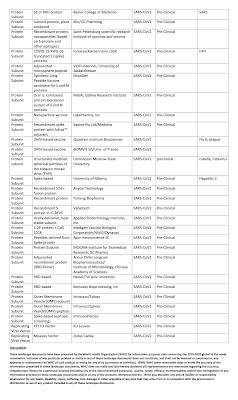
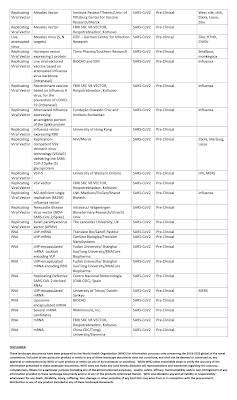
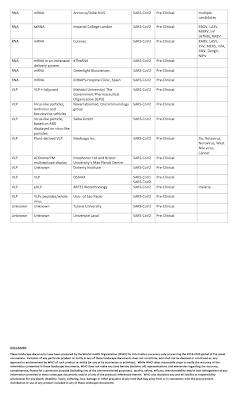

Be the first to comment